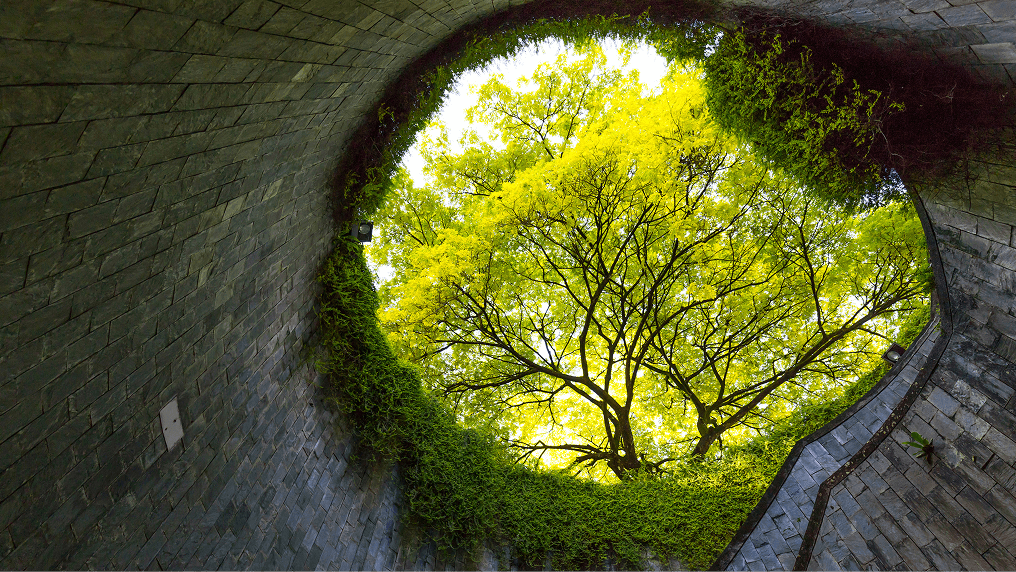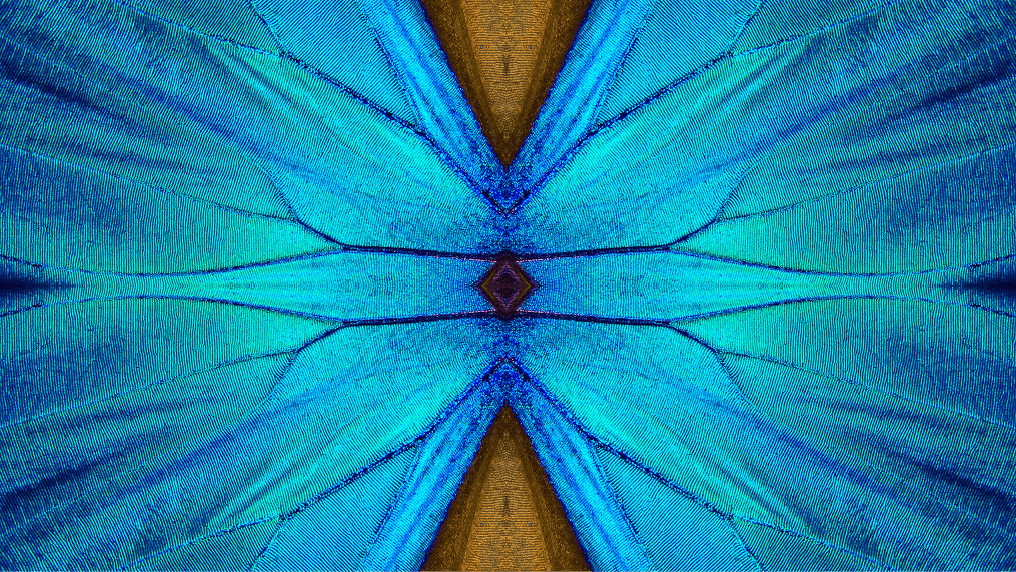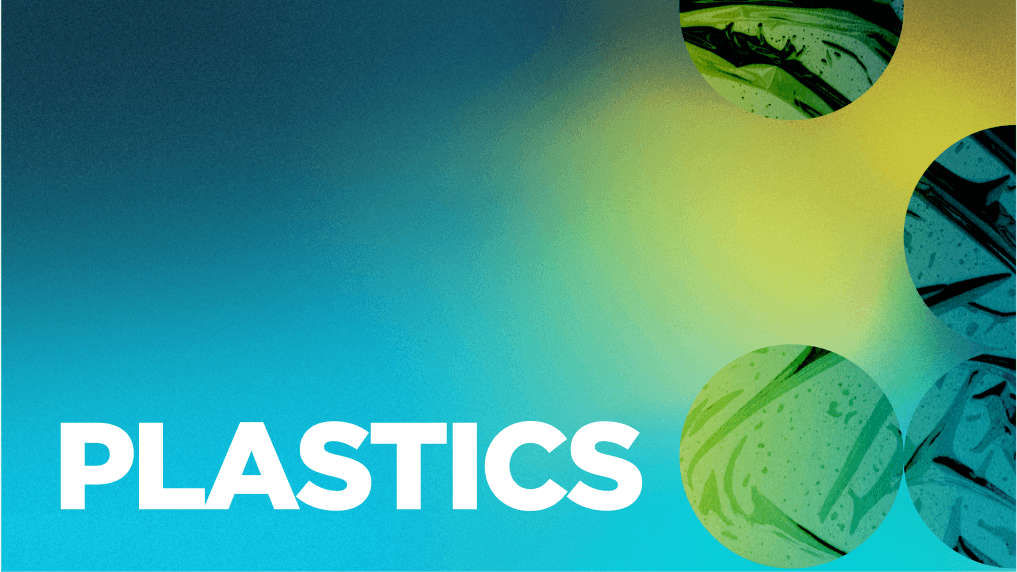The first principle of the circular economy is to eliminate waste and pollution. Currently, our economy works in a take-make-waste system. We take raw materials from the Earth, we make products from them, and eventually we throw them away as waste. Much of this waste ends up in landfills or incinerators and is lost. This system can not work in the long term because the resources on our planet are finite.
The problem (and the solution) starts with design
For many products on the market, there is no onward path after they are used. Take a crisp packet, for example. These multi-material flexible plastic packages cannot be reused, recycled or composted, so end up as waste. For products like these, waste is built in. They are designed to be disposable.
Although it sometimes seems like waste is inevitable in certain situations, waste is actually the result of design choices. There is no waste in nature, it is a concept we have introduced. From tiny, short-lived products, like crisp packets, all the way up to seemingly permanent structures like buildings and roads, the economy is filled with things that have been designed without asking: What happens to this at the end of its life?
From linear to circular
By shifting our mindset, we can treat waste as a design flaw. In a circular economy, a specification for any design is that the materials re-enter the economy at the end of their use. By doing this, we take the linear take-make-waste system and make it circular.
Many products could be circulated by being maintained, shared, reused, repaired, refurbished, remanufactured, and, as a last resort, recycled. Food and other biological materials that are safe to return to nature can regenerate the land, fuelling the production of new food and materials.
With a focus on design, we can eliminate the concept of waste.
Designers eliminating waste for a circular economy
As the concept of the circular economycircular economyA systems solution framework that tackles global challenges like climate change, biodiversity loss, waste, and pollution. It is based on three principles, driven by design: eliminate waste and pollution, circulate products and materials (at their highest value), and regenerate nature. has become more widely accepted as an attractive way forward, companies around the world have been rethinking the way they design, make, and remake their products.
Notpla is eliminating waste by creating seaweed and plant-based alternatives to plastic packaging. Their solutions include a seaweed-based coating for takeaway packaging that has replaced 20 million plastic-lined containers. Notpla is also known for its edible liquid bubbles – 'Ooho'.
Apeel is a company that has come up with an innovative way to eliminate single-use shrink wrap plastic packaging on fresh fruit and veg, while at the same time tackling food waste. Apeel is a layer of edible, plant-based coating applied to fresh products that mimics and enhances the natural defences of fruit and vegetables. This slows down the two main things that cause spoilage – water loss and oxidation.
Apeel is distributed to partners as a powder and mixed up with water at packaging centres. It can be applied by spray, dip, or brush on methods. Fruit and vegetables treated with Apeel stay fresh two to three times longer, without the need for plastic packaging.
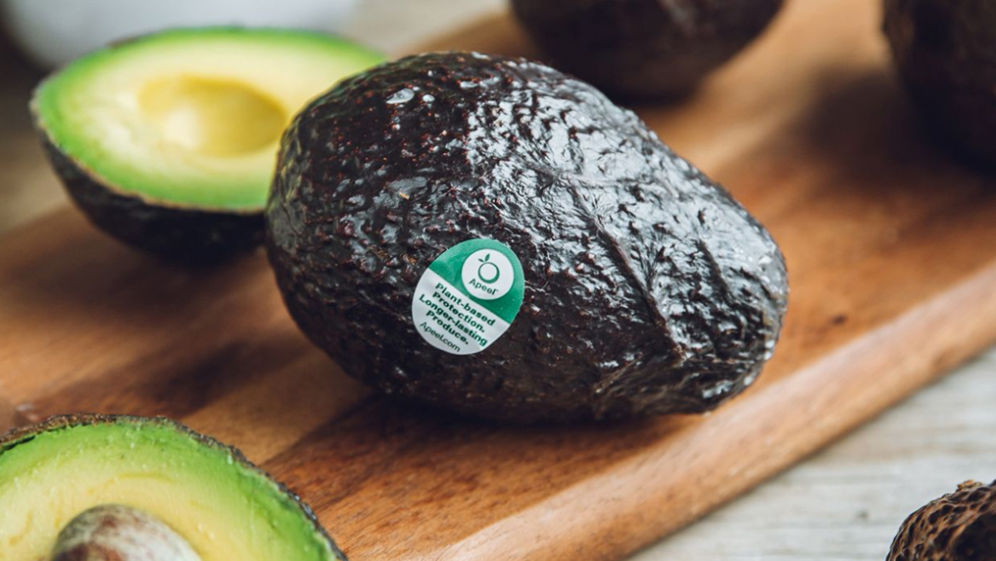
Apeel is applied directly to fresh fruit and vegetables to make them last longer without the use of flexible plastic packaging, which often ends up as waste.
Many companies are adopting reusable packaging as a way to eliminate waste, while some, like Lush and many others, are simply selling products without packaging. Lush has redesigned some of its liquid personal care products to be sold as solid formulations that replace liquid products in plastic bottles. Their ‘naked’ range now includes shampoo, conditioner, body wash, toner, and deodorant.
Eliminating waste and pollution is not limited to packaging. Textile company DyeCoo has developed a technology for dying textiles without using water and therefore eliminates toxic waste water. Instead of water, DyeCoo uses carbon dioxide as a solvent in a closed-loop system. While the capital investment in the equipment is higher than for conventional dyeing, the company reports it can reduce operating costs due to the short batch cycles, the efficient dye use, and the avoidance of wastewater treatments. The technology can also reduce health and safety risks by minimising worker exposure to toxic chemicals.
One of DyeCoo’s machines can process 800 tons of polyester per year, effectively saving 32 million litres of water, avoiding the use of 160 tons of chemicals and completely eliminating the release of wastewater into the natural environment.
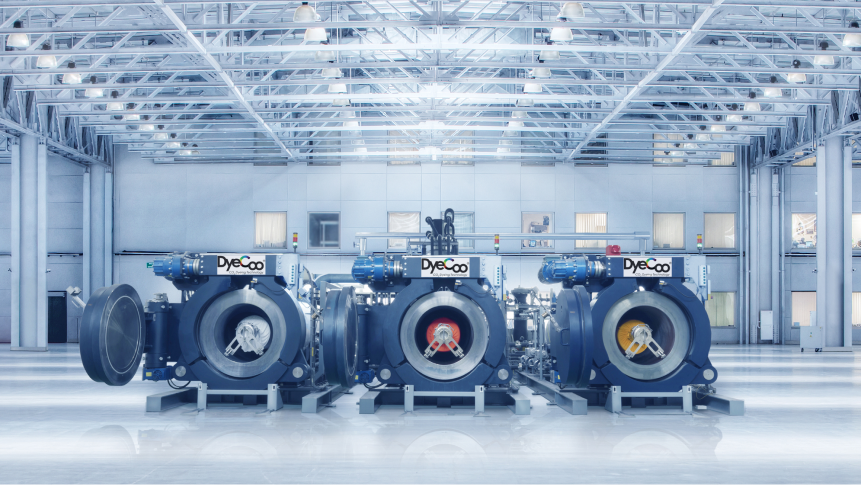
DyeCoo’s waterless dying system eliminates the release of toxic waste water.
The time is now
By adopting this first principle of the circular economy, we can begin to close the materials loop and turn off the tap that is currently sending a torrent of waste into landfills and incinerators every day. With an emphasis on upstream design, we can stop waste before it is even created.



